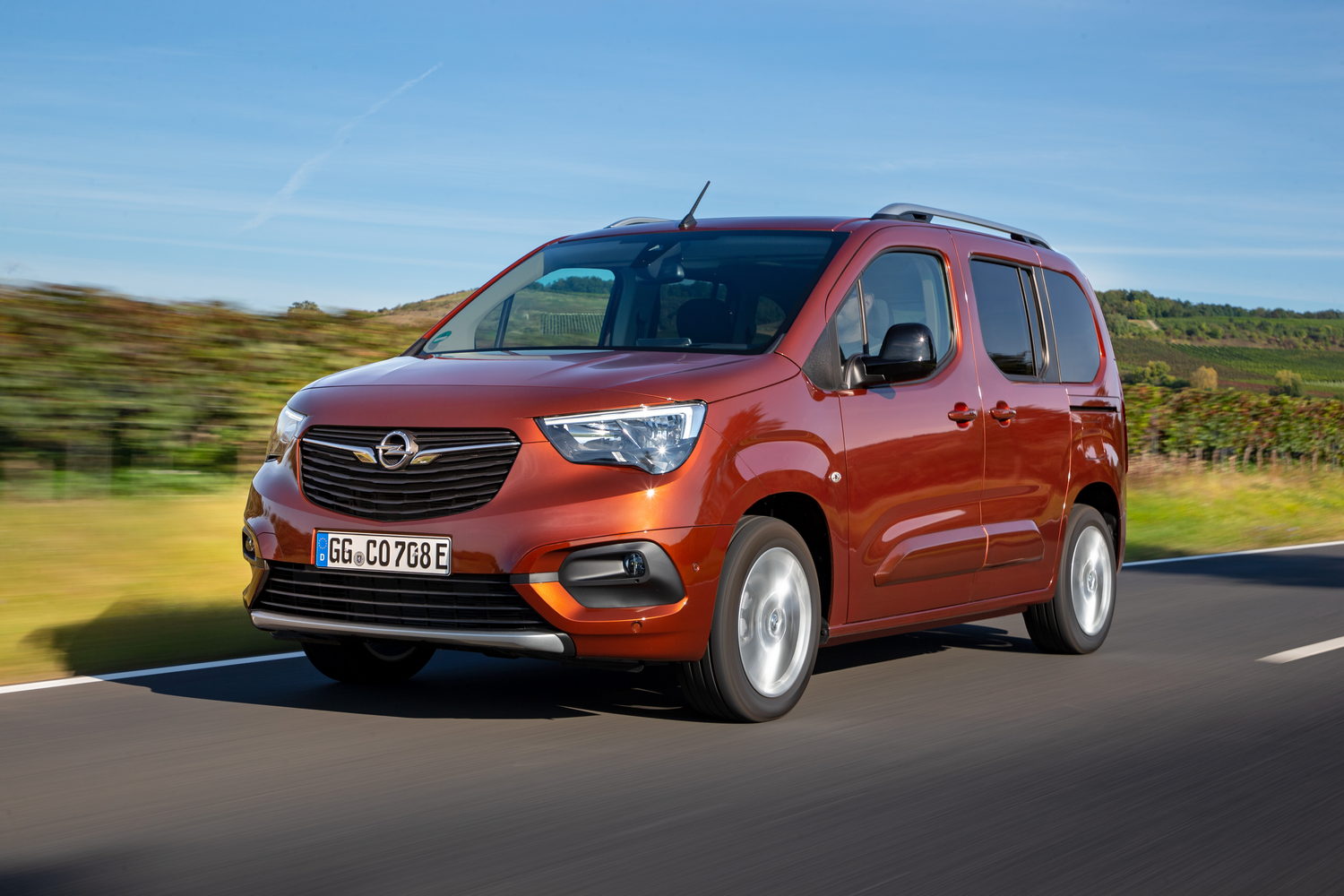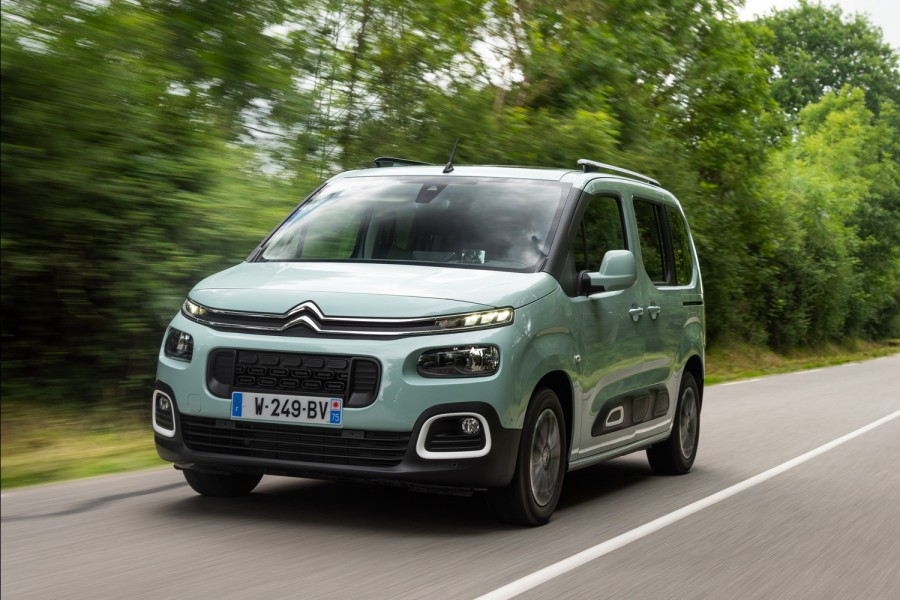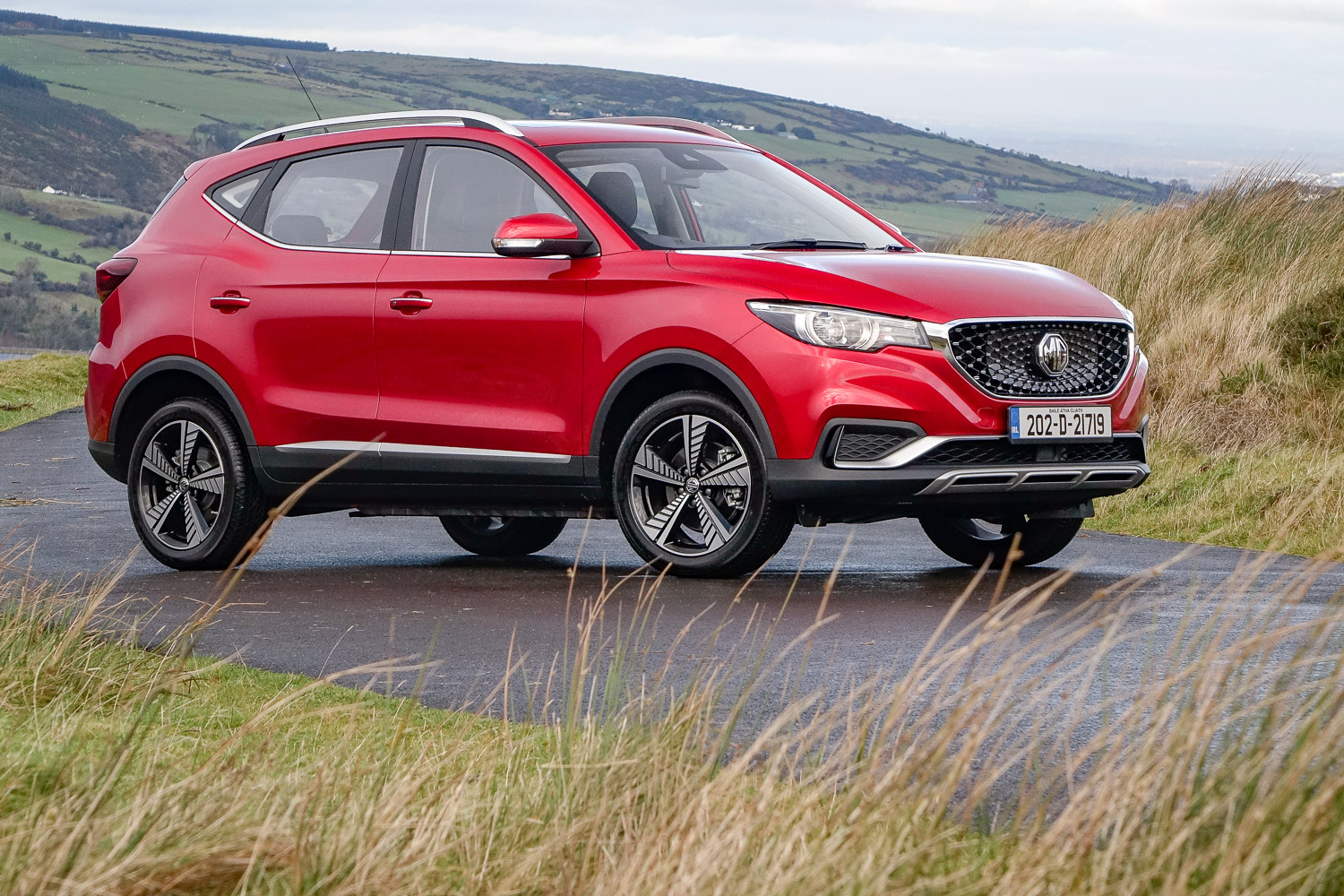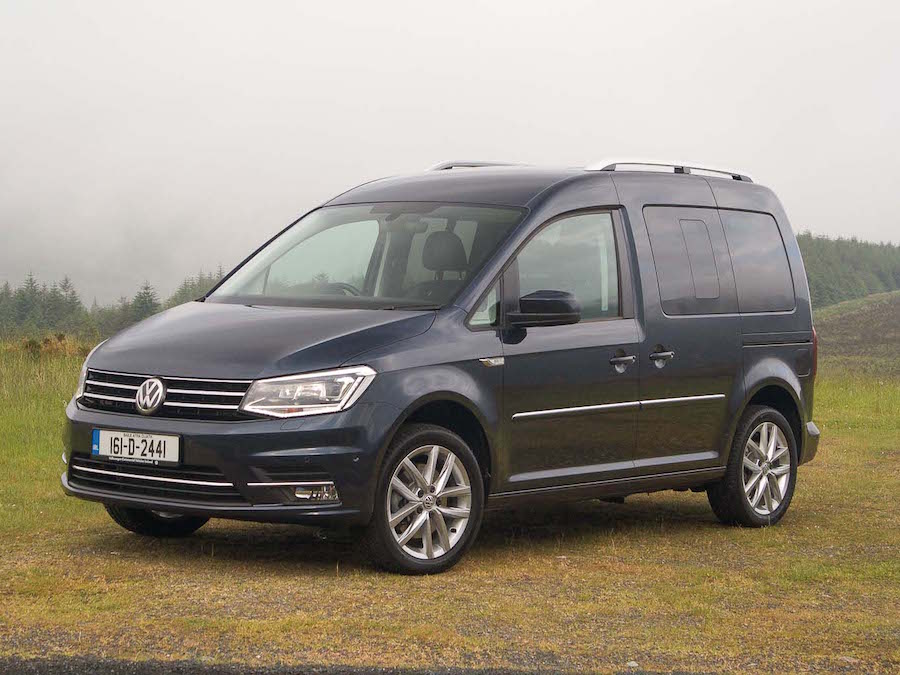Opel's Combo-e uses the familiar 50kWh battery and 136hp motor as found in the Corsa and Mokka EVs, but adds way more in the way of space and practicality. Should the Combo-e be your first family-friendly EV?
In the metal
Perhaps it's a little unfair to mark the Combo-e down for being dowdy and boxy in its exterior appearance. After all, that's kind of the point - it is a van, really, and has only been granted seats and side glass to turn it into a family-friendly MPV. Once upon a time, this would have been a mainstream model in the Opel passenger car range, probably with a Zafira badge. Now, though, the unseemly rush for SUVs has pushed the more rational MPV almost out of existence, and so the car body type that once dominated the market now huddles for warmth next to commercial vehicles.
The thing is, this is a far more sensible, useful and practical family car than any SUV you might care to name, and cheaper to buy than most too. It is therefore the Combo-e owner that is arguably the smarter buyer, and never mind that stylistically it's a boxy Citroen Berlingo with an Opel nose transplant.
The interior is a bit of a mishmash. There's lots of cheap, very black plastic into which is mixed some relatively high-end items such as the tactile automatic gear selector from the Opel Mokka, some fairly expensive looking digital instruments and, on our highly-specced test car, a leather wrapped steering wheel that's also heated.
The front seats are heated too, and covered in a robust but comfortable fabric. Thanks to the lack of a manual gear shifter the centre console is dominated by two conjoined storage areas - one huge and deep (with a 12-volt socket way, way down inside), the other shallow and flock-lined to stop items rattling around. Ahead of the gear selector, there's a wireless phone charger and over that there's the central touchscreen. This is an eight-inch item and, while it's a little fiddly to use, it does have Apple CarPlay and Android Auto, as well as a USB-A socket in one corner.
In the back, there are three seats across, and all three have ISOFIX points for child car seats. The outer two seats are squashed quite tightly up against the doors, though, so elbow space is a touch limited if you're three-up in the back. Then again, those rear doors are sliding doors, so they are hugely useful in tight car parks and when loading kids in and out, as you can just lean directly in to help with seatbelts and harnesses. There are fold-out tables in the front seatbacks, too, which come with small cut-out cupholders (which are entirely useless for cans of fizzy drink, incidentally...) but there's only one rear USB-A socket, so bring an adaptor or prepare for arguments. There is another USB slot in the front glovebox, though.
An optional full-length panoramic sunroof comes with aircraft-style overhead storage (please ensure all bags are safely stowed...), but that's not available for seven-seat versions. The roof stuff is nice, but we're not sure it's worth sacrificing the extra seats for.
Either way, the boot is utterly massive. In our test car, which was the shorter of the two Combo Life models, the boot, at minimum, is a massive 597 litres, expanding to 2,126 litres when you fold down the back seats. If you go for the 4.75-metre-long XL model, the boot is a massive 850 litres, or 2,693 litres with the seats folded. IKEA won't know what hit it, and the big up-and-over rear door makes for an ideal umbrella if you're loading up in the rain (or watching sports, or just having an alfresco cup of tea).
Driving it
In common with the rest of the Opel electric car line-up, the Combo-e Life gets a 136hp electric motor driving the front wheels, and a 50kWh battery pack stashed underneath the floor. Anyone who has recently driven a Corsa-e or Mokka-e will be right at home. The battery can fast-charge at speeds of up to 100kW, which allows a 10-80 per cent charge-up from a rapid DC charging point in about 30 minutes.
With a full charge, the quoted range is 280km, and on a chilly day with the heating turned up (and the heated seat and steering wheel on) the Combo-e was telling us it would go for 240km in 'Normal' driving mode, or 256km in 'Eco' mode. You can shuttle between driving modes with a simple switch next to the gear selector, and that's where you'll find the B button that gives you extra regenerative braking, which is particularly good for around town.
Actually, the whole Combo-e Life is good for around town. The power steering is super-light, and the view out is proper Cinemascope stuff (ask your grandad...), so in combination with a handy reversing camera and parking sensors, manoeuvring the Combo-e Life through tight spots is a doddle.
On the open road, it cruises quietly, and you really do notice the lack of a diesel-y clatter, the one you'd normally get in a compact van-based car like this. Wind noise is noticeable, though, especially around the large door mirrors (worth it for the useful extra visibility they grant you), but tyre roar is thankfully absent.
It doesn't corner with any enthusiasm, really, but the ride quality is comfortable without the car feeling too floppy. It's well-judged, in other words, and entirely suited to its fetching and carrying role.
With 260Nm of torque, low-down response from the electric motor - accompanied by a distant whooshing noise - is excellent, and if the power tails off a little as the speed rises, then the Combo-e at least happily cruises at the legal limit. You are quite close to its self-imposed 130km/h limit at motorway speeds, though, and the aerodynamic drag of its boxy body will punch big holes in your range at this sort of pace.
What you get for your money
The Combo-e Life is a little on the pricey side for a van with windows - starting at €32,578 - but the upside is both that it's not even €100 more expensive than the equivalent diesel-engined version (thanks to the SEAI grant and the VRT rebate for private buyers) and it also has generous standard equipment. That includes the digital instruments, the eight-inch touchscreen, the heated seats and steering wheel, built-in navigation, dual-zone climate control and a full suite of safety equipment including electric child locks (important in a car such as this), automated emergency braking and lane keeping assistance.
Summary
If you're looking for a practical, useful family car... you'll probably still go out and buy a more fashionable, but far less practical SUV. However, if you actually care about interior space and versatility, not to mention sharp pricing, then look at the Opel Combo-e Life. It's a little pricey (but well-priced compared to an equivalent diesel model), electric power really suits it and it's ideal family transport.


























